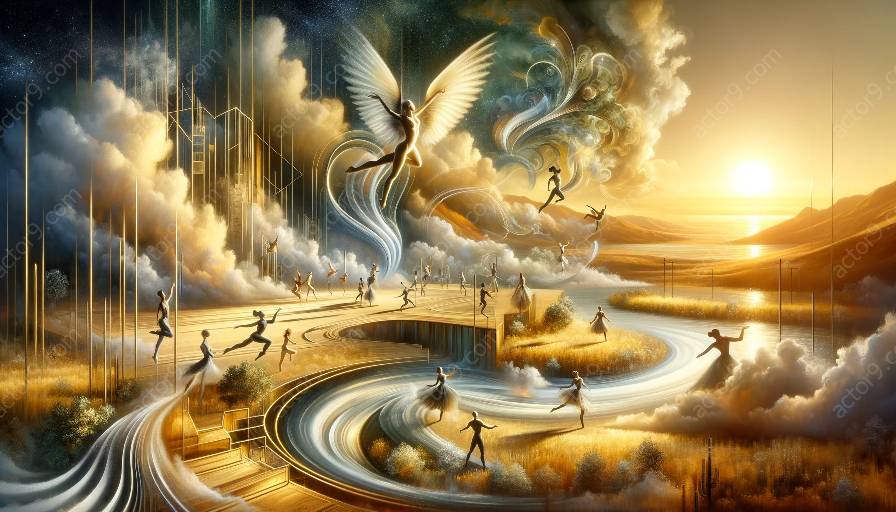Physical theatre and circus arts are two distinct forms of performance art that have evolved over the years. However, the combination of mask work and physical theatre offers a unique perspective in the realm of circus performances. This article delves into the intersection of physical theatre and circus arts, exploring how mask work can deepen the dramatic and expressive elements in circus acts.
Understanding Physical Theatre and Circus Arts
Physical theatre is a form of performance that emphasizes the use of the body, movement, and expression to convey a narrative or emotional content. It often involves mime, dance, acrobatics, and other physical disciplines to create compelling storytelling without relying on spoken language.
On the other hand, circus arts encompass a wide range of skills and performances, including acrobatics, aerial acts, clowning, juggling, and more. Circus performers rely on physical prowess and skill to entertain and captivate audiences.
The Intersection of Physical Theatre and Circus Arts
Physical theatre and circus arts intersect in their reliance on physicality, movement, and non-verbal communication to convey stories and emotions. This intersection opens up opportunities for creative collaborations and innovative performances that blend the two art forms seamlessly.
By integrating elements of physical theatre into circus acts, performers can imbue their routines with deeper emotional resonance, creating a more immersive and impactful experience for audiences. This integration often involves the use of masks and expressive movement to elevate the storytelling within circus performances.
Mask Work and its Role in Circus Performances
Mask work has long been an essential aspect of physical theatre, allowing performers to embody characters and convey emotions in a heightened and stylized manner. In the context of circus performances, the use of masks adds a new layer of intrigue and theatricality to the acts.
Through the use of masks, circus performers can transcend the limitations of facial expressions and convey complex emotions and narratives through exaggerated physicality. The expressive nature of mask work enhances the visual storytelling within circus performances, drawing audiences into a world of wonder and imagination.
Enhancing Dramatic and Narrative Elements
When integrating mask work into circus performances, performers can explore themes of transformation, duality, and mystery, adding depth to their acts. The enigmatic allure of masked characters in circus settings invites audiences to interpret and engage with the performance on a more profound level.
Furthermore, the incorporation of mask work in circus acts allows performers to create characters with distinct personas, amplifying the theatrical and storytelling aspects of their routines. This heightened dramatic dimension elevates circus performances beyond mere displays of physical skill, infusing them with layers of meaning and symbolism.
Creating Immersive and Captivating Experiences
By harnessing the power of mask work and the physical theatre perspective, circus performances can transcend mere entertainment and become immersive, thought-provoking experiences. The combination of acrobatics, aerial displays, and expressive masked characters creates a visual spectacle that mesmerizes and engages spectators on a visceral and emotional level.
Ultimately, the integration of mask work in circus performances enriches the theatricality and artistry of the acts, making them more resonant and memorable for audiences. Through the synergy of physical theatre and circus arts, performers can craft captivating narratives and transport viewers into realms of fantasy and enchantment.
Conclusion
The convergence of mask work and the physical theatre perspective in circus performances represents an innovative and compelling approach to enriching the art of circus arts. By embracing the expressive potential of masks and blending them with the physicality of circus acts, performers have the opportunity to create multidimensional, immersive experiences that captivate and inspire audiences. This fusion of art forms opens up a world of creative possibilities, leading to the evolution of circus performances into nuanced, emotionally-charged storytelling ventures.




































